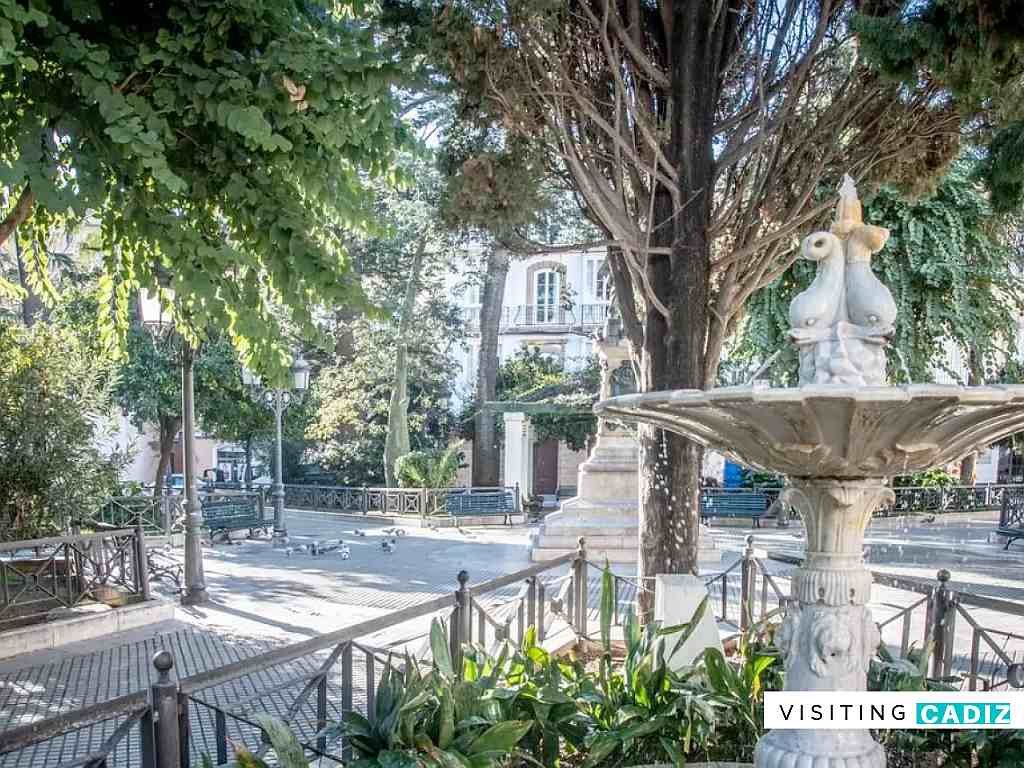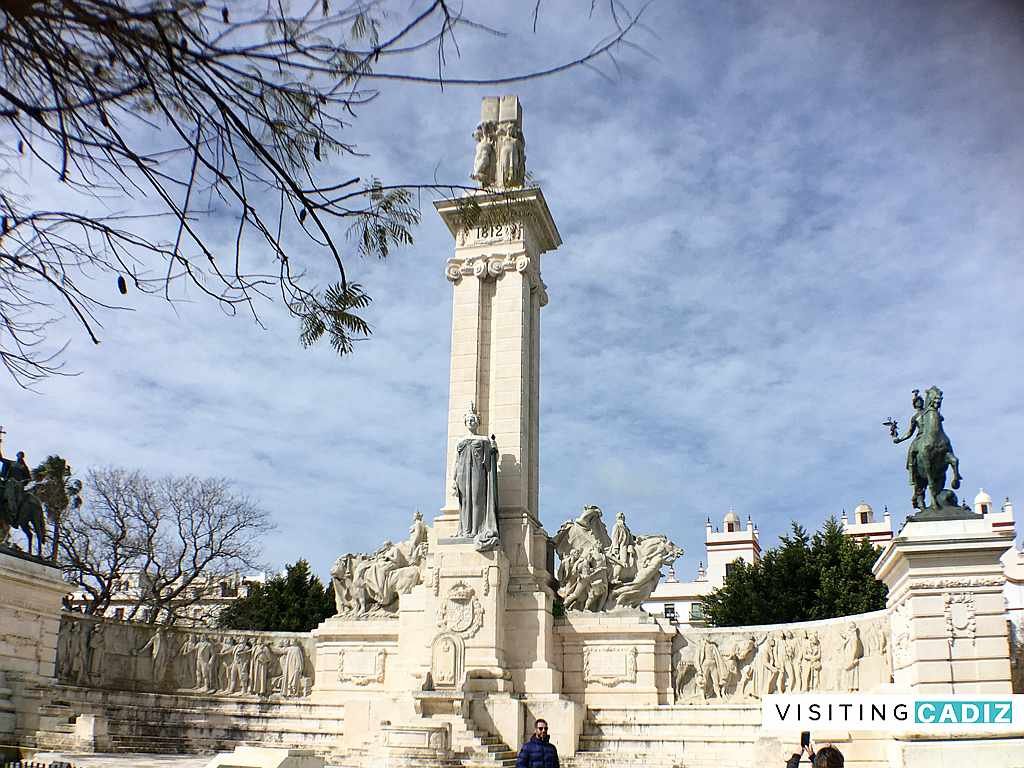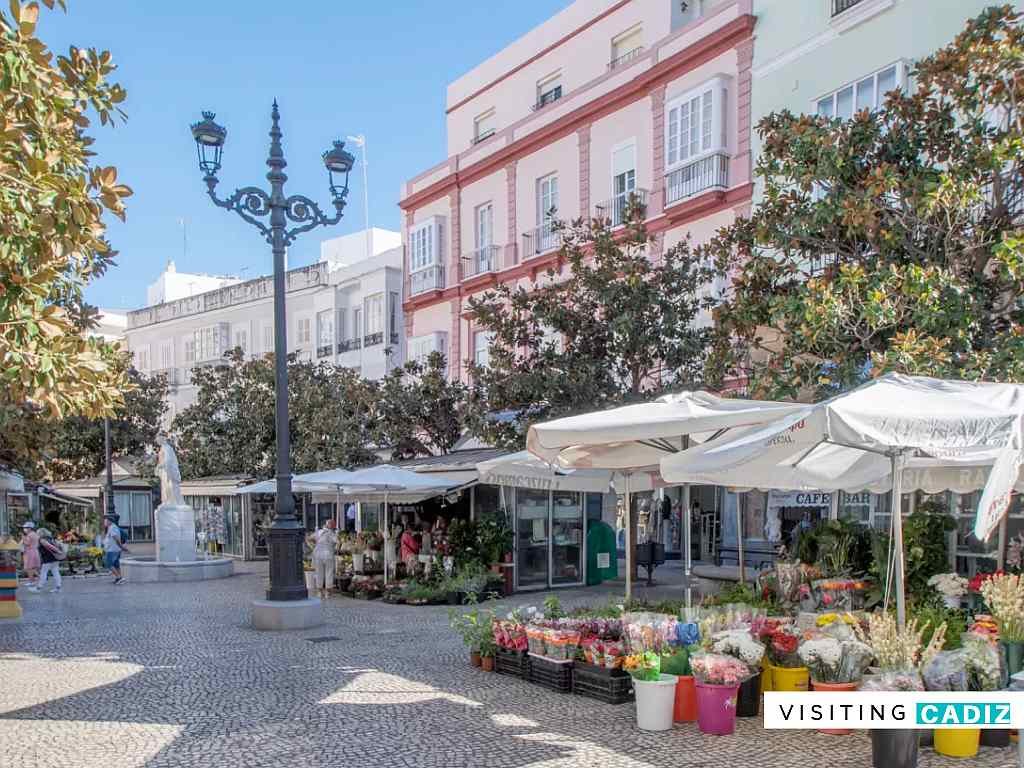The Plaza de Mina in Cádiz is one of the most emblematic and historic squares in the city and is located in the heart of the historic center. The plaza’s name pays homage to General Espoz y Mina, a celebrated hero of the War of Independence and a businessman who donated the land to the city in the late 18th century.

I’ve been living in this lovely area of Western Andalucia for the last 20 years or so and dedicate most of my time to the running of English language tourist information websites for the towns of Cádiz, Ronda, Grazalema, the famous or infamous Caminito del Rey, and also Wildside Holidays, which promotes sustainable and eco-friendly businesses running wildlife and walking holidays in Spain. My articles contain affiliate links that will help you reserve a hotel, bus, train or activity in the area. You don’t pay more, but by using them you do support this website. Thankyou!




